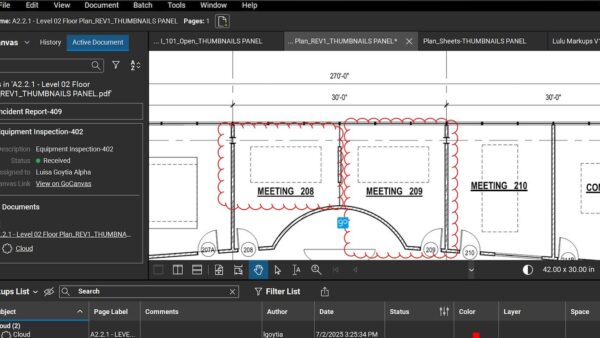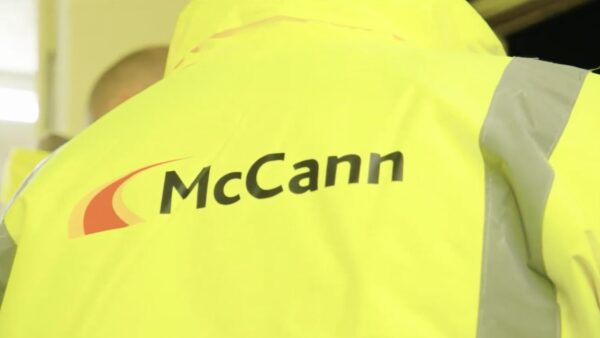Paul Oakley, associate director for BIM at BRE, responds to a recent article questioning the value of BIM certification by arguing that independent third party schemes are the most effective way to drive the market to BIM readiness and set the BIM Level 2 benchmark.
The Level 2 BIM deadline for 2016 is now less than a year away. A recent survey on BIM by BRE and UK Construction Week that questioned more than 1,200 architects, contractors, developers, engineers and product manufacturers revealed a number of uncertainties over BIM, with 74% of respondents believing that the industry is not ready for Level 2 compliance. Worryingly, a further 62% replied that they did not understand what is needed, while 96% of respondents felt there was a need for more support and training on BIM.
There is a clear need to drive the market to take action and move to a digital approach to construction. We also need to stamp out the ubiquitous “BIM wash” which is hampering progress, with organisations claiming BIM competency on the basis of a day’s training or ludicrous claims of undertaking BIM Level 3 and so on.
The reality is that many are novices taking their first steps on this complex BIM journey, trying to get to grips with the software, but yet to understand the standards, methods and processes required to meet the delivery need for structured life-cycle data.
A core component of the BIM Level 2 strategy is the requirement by the employer to assess the capability of their supply chain. This exercise can be a costly process for both the employer and their supply chain, specifically if undertaken on every stage of each project. Most employers lack the knowledge or the skills to undertake this and the most effective way to drive the market to BIM readiness is through independent third-party quality certification schemes carrying out a single annual audit.
There have been various articles, blogs and tweets relating to BIM Certification and creating many fallacies, myths and misconceptions. Having been heavily involved in the BRE Global BIM Business Scheme I can only comment upon this scheme which is aimed at assessing a company’s BIM capability as defined within PAS 91 Table 8. This cites third party certification against PAS 1192-2:2013 as the appropriate standard. Its aim is to remove the employer’s requirement to assess the capability of the supply chain. Instead, BRE undertakes this assessment and validates it with an onsite audit using its BIM experts.
BRE does not certify BIM projects. However, case studies are reviewed to confirm a company’s capability for undertaking the process. Our approach is to assess the business systems, people, tools, processes and methods in place and ensure these can be delivered on any project, as opposed to just assessing the BIM capability of a company’s “A team”.
BRE is uniquely placed within this area to undertake this role. We have in-house staff who have sat on the appropriate BS committees, we have decades in industry expertise in BIM implementation, standards, methods and processes, as well as enabling the UK and Ireland chapter of buildingSMART, the international body for open BIM standards.
BDP and Interserve have achieved the BRE BIM Business Certification scheme and there are a number of other companies that have started the process. These two companies have taken the leap of faith to have a third-party assessment of their documentation and processes. They have shown how these have been implemented on projects, but have stood up to independent third-party audits from experts who live and breathe these requirements.
Certification sets an industry benchmark for BIM Level 2, which provides employers with a capable supply chain to deliver their requirements. A standard assessment approach approved by UKAS and carried out by industry experts is the only logical approach to driving the industry towards better BIM adoption.

The reality is that many are novices taking their first steps on this complex BIM journey, trying to get to grips with the software, but yet to understand the standards, methods and processes required to meet the delivery need for structured life-cycle data.– Paul Oakley, associate director for BIM at BRE














